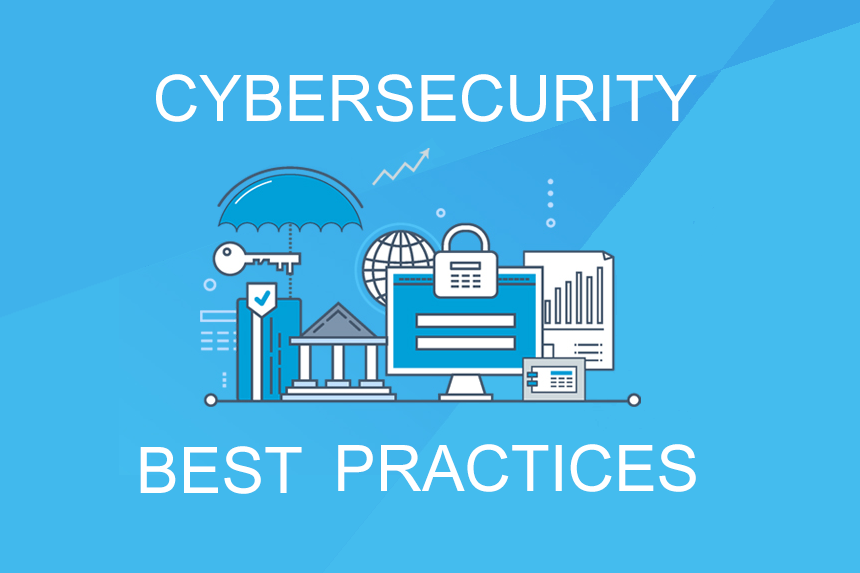Cybersecurity infographic protected
Today, I want to talk to you about something that is incredibly important for all businesses, big or small - cybersecurity. In this digital age, we rely heavily on technology for our day-to-day operations, and that makes us vulnerable to cyber threats. It's crucial to stay one step ahead of cybercriminals and protect ourselves, our customers, and our sensitive information. So, let's delve into the best cybersecurity practices that every company, including small businesses, should follow.
Best Cybersecurity Practices Infographic
First up, we have an incredibly informative infographic that depicts the best cybersecurity practices for your company. This visual guide will help you understand and implement these practices effectively. Take a moment to check it out and familiarize yourself with the steps you can take to safeguard your business.

Best Cybersecurity Practices for Small Businesses
If you are a small business owner, this next resource is specifically tailored to address your unique needs. Cyber threats are a particularly malicious challenge for small businesses, as they often lack the robust security infrastructure that larger organizations have. This infographic highlights the best cybersecurity practices that small businesses should adopt to mitigate risks and protect their data.

Now that you have a visual understanding of the best practices, let's dive into a detailed examination of each step:
Strong Passwords
The first line of defense against cyber threats is having strong and unique passwords. Avoid using common phrases or easily guessable information. Instead, use a combination of upper and lower case letters, numbers, and special characters. Consider using a password manager to safely store your passwords and reduce the risk of forgetting them.
Multi-Factor Authentication
Enable multi-factor authentication wherever possible. This adds an extra layer of security by requiring users to provide multiple forms of identification, such as a password and a unique verification code sent to their mobile device.
Regular Software Updates
Keep all software and applications up to date. Developers release updates to fix security vulnerabilities and patch any weaknesses. Failing to update your software leaves you susceptible to attacks that exploit those vulnerabilities.
Data Encryption
Encrypting your data ensures that even if it falls into the wrong hands, it remains unintelligible. Utilize encryption technologies for sensitive information, both at rest and in transit.
Employee Education and Training
No matter how robust your security measures are, they are only as strong as your employees' understanding of them. Regularly educate and train your employees on best security practices, such as identifying phishing attempts, the importance of password hygiene, and how to handle suspicious emails or attachments.
Regular Backups
Regularly backup your data and ensure those backups are stored securely. In the event of a cyberattack or data loss, you can restore your systems to a previous state, minimizing the impact and downtime.
Conclusion
Implementing strong cybersecurity practices is not an option; it's a necessity. By following these best practices, you can significantly reduce the chances of falling victim to cyber threats and protect your company's valuable information. Remember, cybersecurity is an ongoing effort. Stay vigilant, adapt to the evolving threat landscape, and always prioritize the security of your business.
Stay safe!